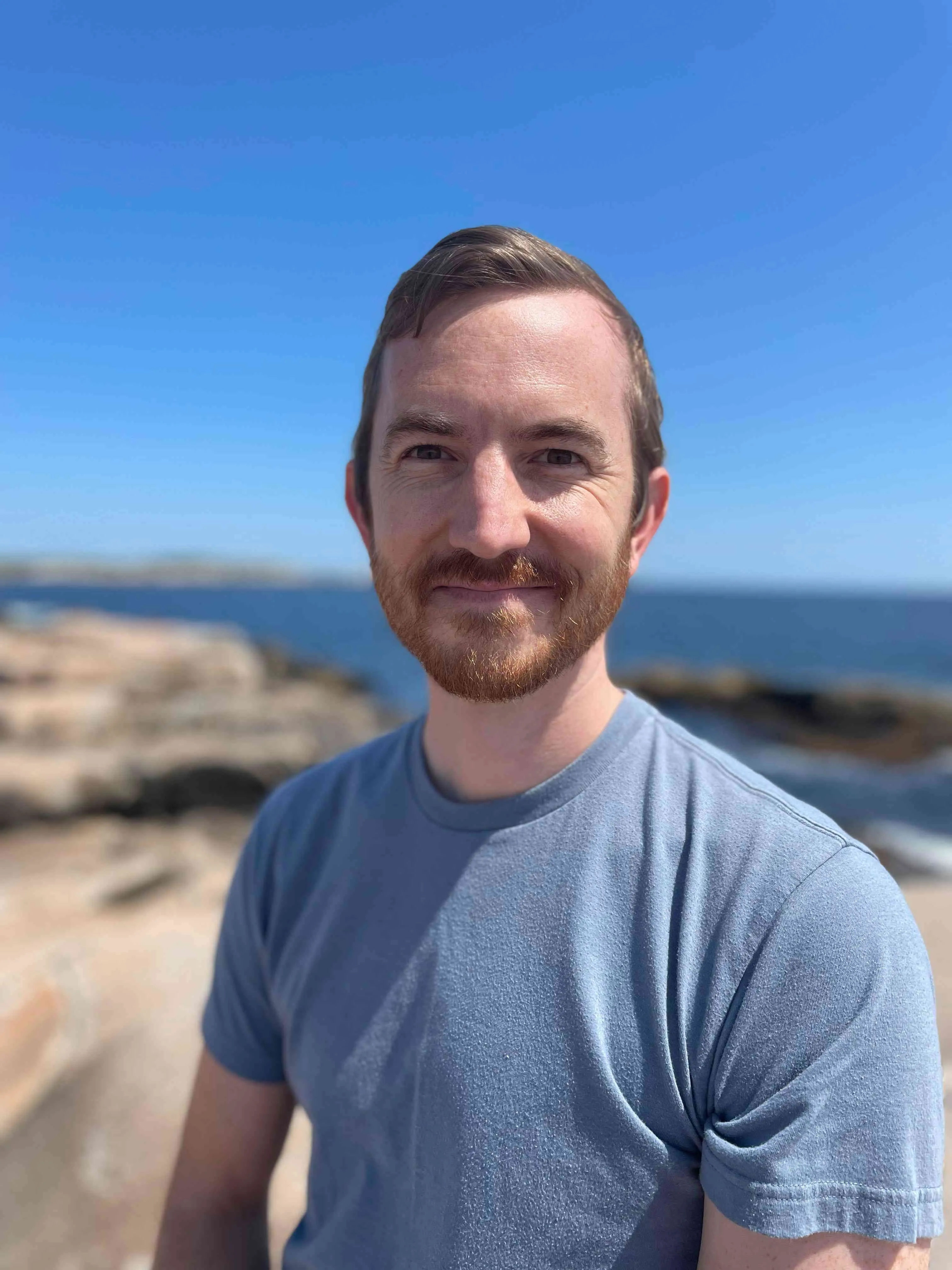

About
Colin D. Wren is an archaeologist who joined the Department of Anthropology at UCCS in 2015. His training has included a mix of recent northeastern North America (sub-arctic Quebec, 400-4500 years ago) and much older African and Western European archaeology (up to 1.8 million years ago). He has published on various case studies examining the interactions between human society and the environments at local and much broader continental scales. Dr. Wren is interested in reconstructing past mobility behavior, the evolution of complex cognition, human-environment interactions, agent-based modeling, GIS-based landscape archaeology, and more specifically, the role of human perception of the environment in mobility and dispersal. Dr. Wren's on-going projects include models of South African foraging behavior during periods relevant to the evolution of Homo sapiens and the impacts of climatic variability during the Last Glacial Maximum (ca. 20 thousand years ago) on foraging behavior in Western Europe. He also published a textbook designed to teach computational simulation to archaeologists titled, Agent-based modeling: Simulating the Complexity of Societies.
Education
- Postdoc, Institute of Human Origins, Arizona State University
- PhD, Archaeology, McGill University
- MSc, GIS and Spatial Analysis in Archaeology, University College London
- BA, Anthropology, McGill University
Select Publications
- Crabtree, S.A., Wren, C.D., Dixit, A., Levin, S.A., 2024. Influential individuals can promote prosocial practices in heterogeneous societies: a mathematical and agent-based model. PNAS Nexus 3, pgae224. (doi)
- Wren, C.D., Janssen, M., Hill, K., Marean, C.W., 2023. What makes a forager turn coastal? An agent-based approach to coastal foraging on the dynamic South African Paleoscape, in: Thakar, H., Flores, C. (Eds.), Human Behavioral Ecology and Coastal Environments, Society and Ecology in Island and Coastal Archaeology Series. University of Florida Press, Gainesville, FL, pp. 172–198.
- Romanowska, I., Wren, C.D., Crabtree, S.A., 2021. Agent-based modeling for archaeology: simulating the complexity of societies. SFI Press, Santa Fe. (doi)
- Burke, A., Peros, M.C., Wren, C.D., Pausata, F.S.R., Riel-Salvatore, J., Moine, O., de Vernal, A., Kageyama, M., Boisard*, S., 2021. The archaeology of climate change: The case for cultural diversity. Proc Natl Acad Sci USA 118, e2108537118. (doi)
- Gravel-Miguel, C., Murray, J.K., Schoville, B.J., Wren, C.D., Marean, C.W., 2021. Exploring variability in lithic armature discard in the archaeological record. Journal of Human Evolution 155, 102981. (doi)
- Wren, C.D., Botha, S., De Vynck, J.C., Janssen, M.A., Hill, K., Shook, E., Harris, J., Wood, B.M., Venter, J., Franklin, J., Cowling, R.M., Potts, A.J., Fisher, E.C., Marean, C.W., 2020. The foraging potential of the Holocene Cape South Coast of South Africa without the Palaeo-Agulhas Plain. Quaternary Science Reviews 235, 105789. (doi)
- Wren, C.D., Costopoulos, A., Hawley, M., 2020. Settlement Choice under conditions of rapid shoreline displacement in Wemindji Cree Territory, subarctic Quebec. Quaternary International. (doi)
- Wren, C.D., Burke, A., 2019. Habitat suitability and the genetic structure of human populations during the Last Glacial Maximum (LGM) in Western Europe. PLOS ONE 14, e0217996. (doi)
- Gravel-Miguel, C., Wren, C.D., 2018. Agent-based least-cost path analysis and the diffusion of Cantabrian Lower Magdalenian engraved scapulae. Journal of Archaeological Science 99: 1-9. (doi)
- Wren, C.D., Costopoulos, A., 2015. Does Environmental Knowledge Inhibit Hominin Dispersal? Human Biology 87, 205-223.
- Wren, C.D., J. Z. Xue., A. Costopoulos, & A. Burke. 2014. The role of spatial foresight on models of hominin dispersal. Journal of Human Evolution 69:70-78. Costopoulos, A., S. Vaneeckhout, J. Okkonen, E. Hulse, I. Paberzyte, and C.D. Wren. 2012. Social complexity in the mid-Holocene northeastern Bothnian Gulf. European Journal of Archaeology 15(1): 41-60.
Courses Taught
- ANTH 1020: Introduction to Archaeology
- ANTH 2220: Experimental Archaeology
- ANTH/GES 3215: Mapping Archaeology
- ANTH 3240: Archaeology & Genetics of the Stone Age
- ANTH 3260: Agricultural Origins & the Emergence of Urban Society
- ANTH 3190: Field Practicum in Native American Archaeology
- ANTH 4040: Hunter-Gatherer Societies: Past and Present
- ANTH 4210: Advanced Lab Techniques in Archaeology
- ANTH 4980: Senior Seminar
- Theme: The Origins of Modern Human Cognition & Behaviour
- Theme: Decolonizing Anthropology